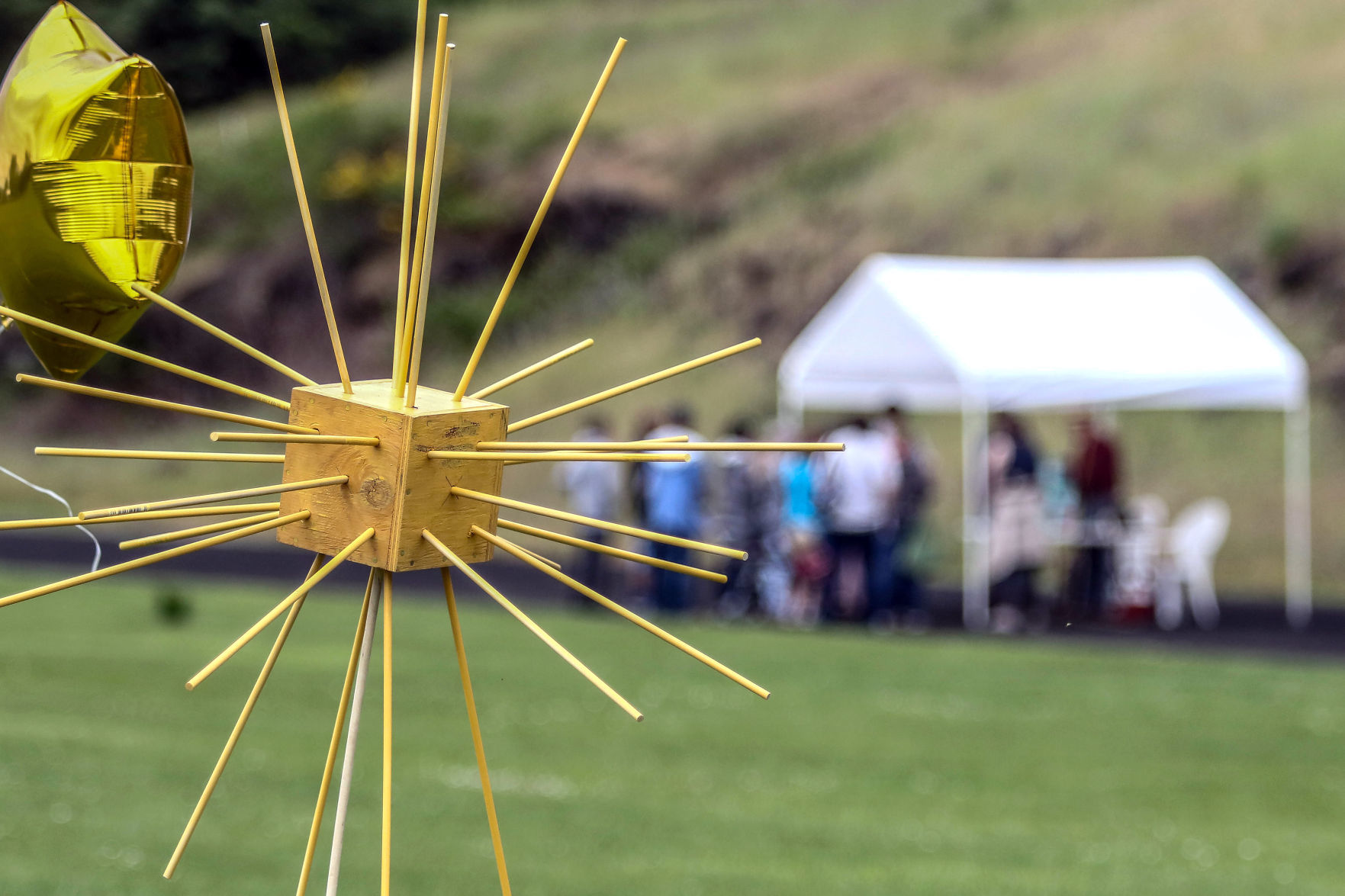
Our post-flight metagenomic studies proved that the genus Komagataeibacter was the dominant bacterial taxon both in the ground-based reference KMC ecotype and reactivated cultured KMC samples exposed to Mars-like conditions outside the ISS ( Góes-Neto et al., 2021 Lee et al., 2021). Recent BIOMEX results revealed that key KMC community members were capable of surviving under space and Mars-like conditions ( Podolich et al., 2019) and that the bacterial cellulose (BC) produced by KMC retained its robustness under the impact of Mars-like stressors ( Orlovska et al., 2021). In astrobiology, KMC is used as a model for researching a natural probiotic drink for astronauts during space travel ( Kozyrovska et al., 2012, 2021). Kombucha multimicrobial community (KMC) is a natural assemblage of bacteria and yeasts living in metabolic cooperation and streaky in a cellulose-based pellicle film ( Pothakos et al., 2016 May et al., 2019 Barbosa et al., 2021). One of the biological samples elected to be sent to the ISS was dehydrated kombucha biofilm in the project BIOMEX (BIOlogy and Mars EXperiment) ( de Vera et al., 2019 de Vera, 2020).
#Solar walk reca busci series
In order to find an answer, the European Space Agency (ESA) conducted a series of multi-user space biology exposure experiments, using the EXPOSE-R2 platform installed outside the International Space Station (ISS) that provides an environment for sets of long-term experiments (1.5 years). One of the most intriguing questions is the capability of an organism to survive and resist the extremely harsh extraterrestrial outer space conditions, such as cosmic radiation, microgravity, temperature extremes, substrates, atmospheric pressure, and vacuum ( Horneck et al., 2010 de Vera et al., 2014 Schulze-Makuch et al., 2015). Furthermore, due to its unaffected metabolic pathways, this bacterial species may also retain some promising potential for space applications. oboediens maintains its genome stability and functionality in KMC exposed to the space environment most probably due to the protective role of the KMC biofilm. Altogether, these findings suggest that K. Minor changes are only observed in central carbohydrate and energy metabolism pathways gene numbers or sequence completeness. Despite these differences, they do not affect any genetic metabolic profile of the cellulose synthesis, nitrogen-fixation, hopanoid lipids biosynthesis, and stress-related pathways. A small difference was observed in the number of protein coding genes. Nonetheless, there was a difference in the length of plasmids and the location of cas genes. oboediens IMBG185 (space-exposed) are remarkably similar in topology, genomic islands, transposases, prion-like proteins, and number of plasmids and CRISPR-Cas cassettes. Our results suggest that the genomes of K.

oboediens under extraterrestrial conditions during a long time. The space-exposed genome was compared with the Earth-based reference genome to understand the genome stability of K. oboediens genome from a reactivated space-exposed KMC sample and comprehensively characterize it. This is the first study to isolate the K. Komagataeibacter is the dominant taxon and cellulose-producing bacteria in the Kombucha Microbial Community (KMC).


 0 kommentar(er)
0 kommentar(er)
